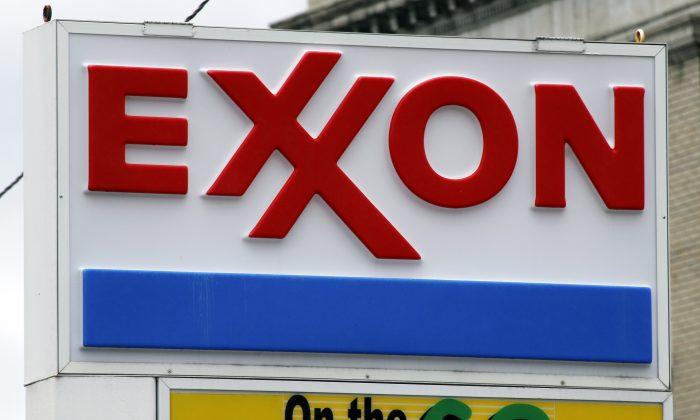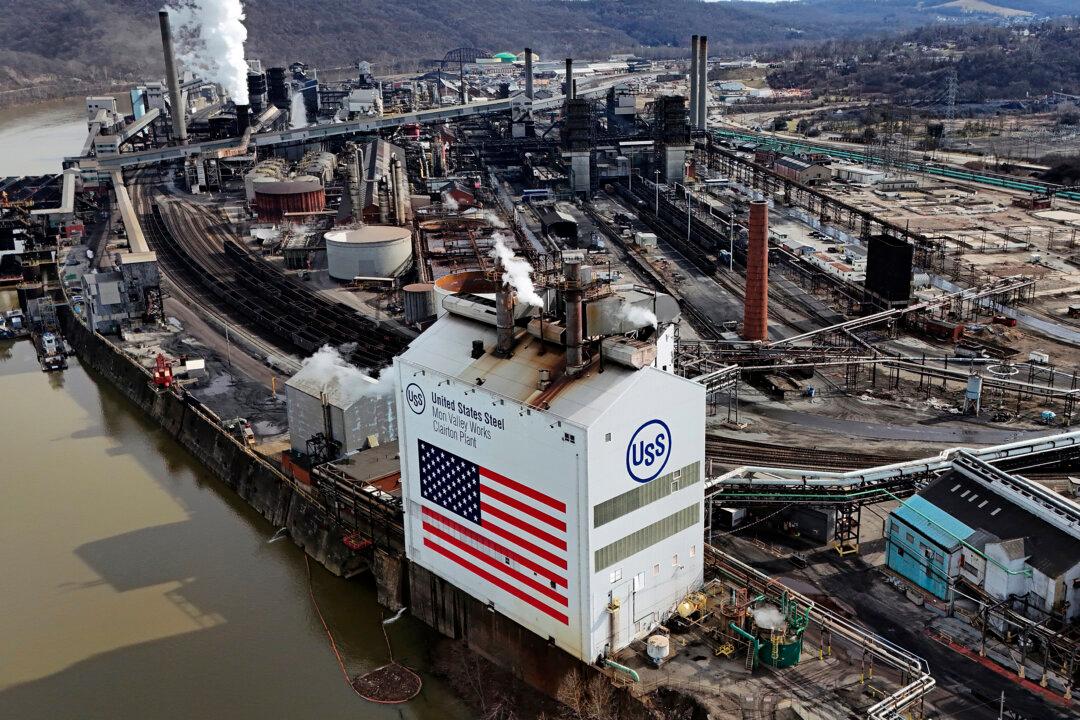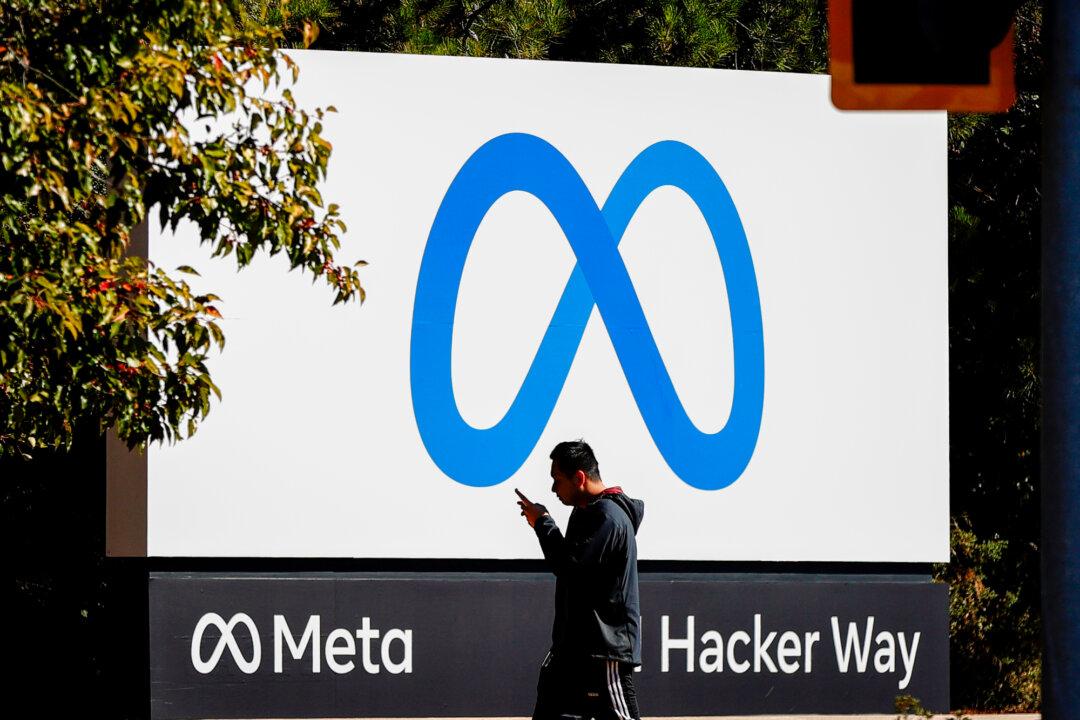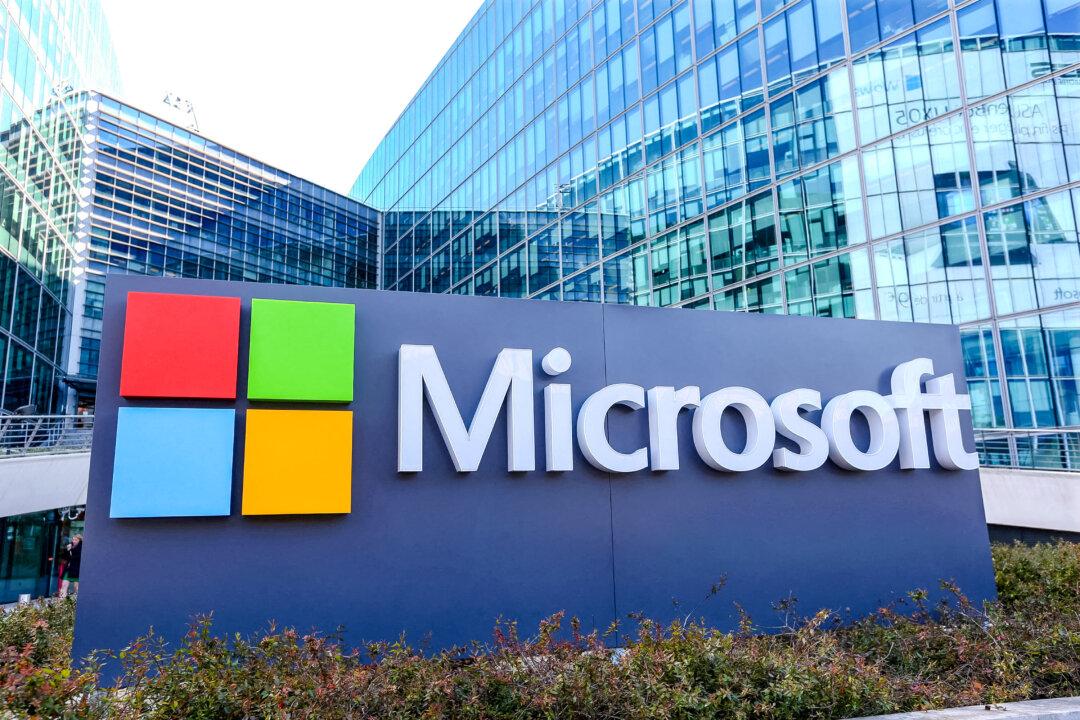Falling commodity prices cut deeply into Chevron Corp.’s first-quarter profits as the nation’s second-largest integrated supermajor seeks to return to its roots as a global oil and gas explorer.
Excluding a one-time $175 million loss related to a tax levy on United Kingdom profits and an impairment charge tied to its $53 billion acquisition of former rival Hess Corp. in late 2023, Chevron’s first-quarter earnings were $3.8 billion or $2.18 per share.
Analysts surveyed by FactSet had expected adjusted earnings of $2.15 per share on revenue of $49.06 billion.
“Recent macro uncertainty underscores the importance of cost and capital discipline,” Wirth said. “Chevron has a proven track record of managing through uncertainty and commodity cycles, and with longstanding financial priorities as our guide, we’re well-positioned to win in any environment.”
Last week, the former San Francisco-based oil giant announced plans to begin oil and natural gas production from its deep-water Ballymore project in the Gulf of America. In August 2024, Chevron announced plans to relocate its corporate headquarters to Houston, closer to its upstream and refining operations, where it employs more than 7,000 people.
Wirth also discussed the company’s downstream operations in California, where Phillips 66 and Valero Energy have announced plans to shutter their refinery operations due to the state’s stringent reformulated gas program to reduce carbon emissions. Phillip 66 recently shut its 139,000-bpd refinery complex near Los Angeles, while Valero has announced plans to shut down its Benicia, California-based facility by the end of 2026.
“We’ve been pretty vocal about the [climate-related] policy coming out of Sacramento. Particularly, it will make it nearly impossible to invest in California going forward,” said Wirth, adding that the former San Ramon, California-based oil giant has two large refineries in the state.
In response to analysts’ questions about oil and gas prices, Wirth said the company will buy back only $2.75 billion of its stock in the second quarter due to the downturn in global commodity prices. The company’s stock buyback program totaled $3.9 billion in the first quarter.
In December 2024, Chevron sold its interest in a Canadian shale play project for $6.5 billion, in line with plans to divest nearly $10 billion to $15 billion in aging assets and properties by 2028.
The Houston oil and gas driller also slowed production and cut spending by $2 billion in the fourth quarter in the Permian Basin share play. That spending pause is part of the company’s goal of generating $9 billion in free cash flow in 2026, up from $2.7 billion at the end of the first quarter, said Wirth.
In the May 2 trading session, the West Texas Intermediate oil prices fell 73 cents to $59.71. Natural gas prices at Henry Hub rose 16 cents to $3.64 per MMBtu. Chevron’s shares rose 1.73 percent to close at $138.5 on the New York Stock Exchange.







